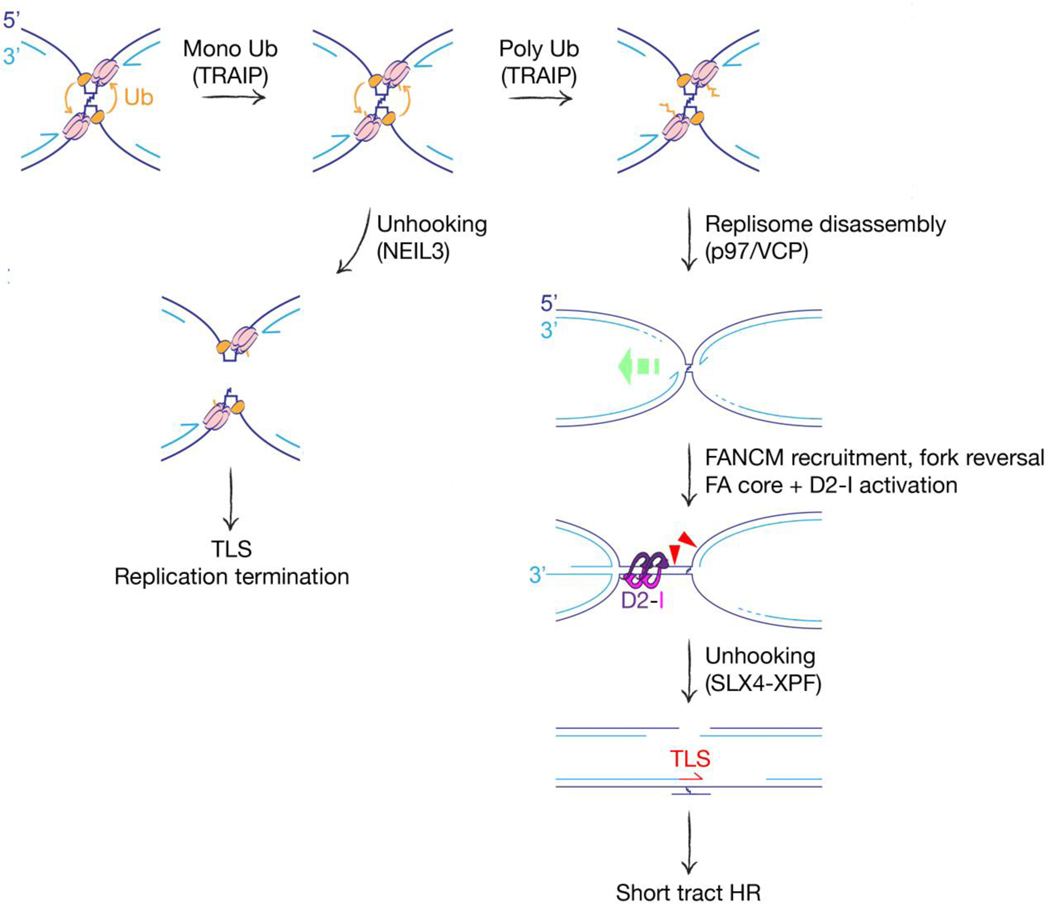Figure 1. Pathway choice in replication-coupled ICL repair.
Bidirectional fork stalling activates TRAIP (orange), which ubiquitinates CMG components in trans (MCM subunits shown in pink). Short ubiquitin chains recruit NEIL3 glycosylase, providing an opportunity for direct unhooking of ICL. TLS: Translesional synthesis. Long ubiquitin chains recruit the p97/VCP ATPase, which extracts replisome components and disassembles the replisome. FANCM recognizes the collapsed fork and recruits the FA core complex, which activates FANCD2-I by monoubiquitination. Green dashed arrow: fork reversal. Activated FANCD2-I forms a sliding clamp on dsDNA—possibly cloaking the reannealed parental strands of the reversed fork, as shown. Fork reversal and D2-I monoubiquitination are both required for activation of SLX4-XPF. XPF-mediated incisions (red triangles) unhook the ICL, setting up gap filling by TLS and repair of the two-ended DSB by conservative ‘short tract’ HR.

